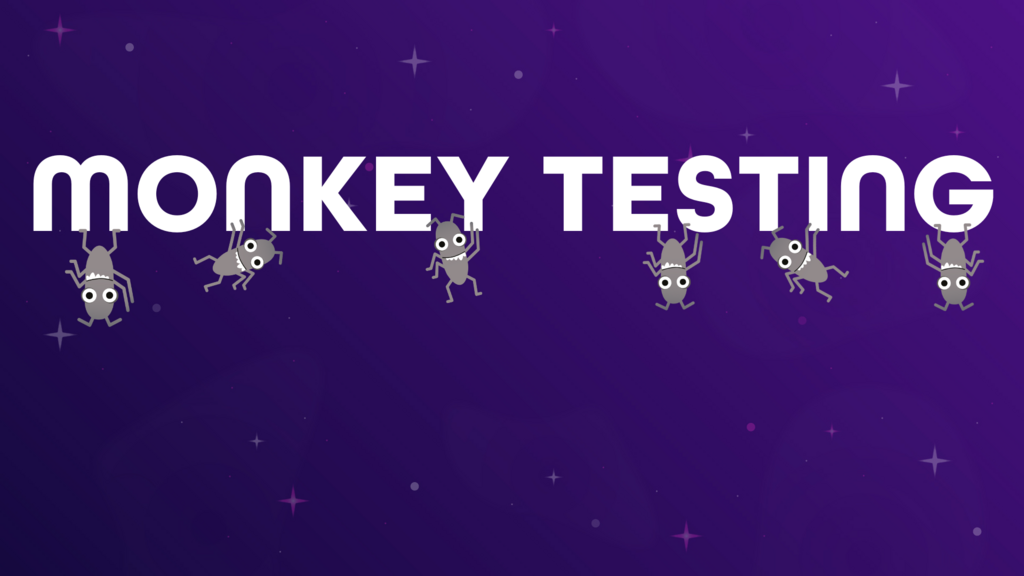What is monkey testing?
Monkey testing is a software testing technique where you throw random inputs at an application to see if it breaks. Testers use this unscripted, messy approach to find crashes, bugs, and edge cases that planned testing might miss. It's great at catching stability issues when users do unexpected things.
Do you have any examples of monkey testing?
In practice, monkey testing might look like:
- Rapidly tapping random areas on a mobile screen
- Typing nonsense into form fields
- Jumping frantically between features
- Using tools that generate thousands of random actions
- Pressing multiple buttons at once
- Entering extreme values in number fields
Why is monkey testing important?
Monkey testing finds vulnerabilities that careful testing misses. By copying unpredictable user behavior, it puts your application through stress it wasn't designed for. This helps catch memory leaks, crashes, and stability problems before real users find them. It's a tough but useful way to strengthen your software against real-world chaos.
What are the challenges of monkey testing?
The randomness that makes monkey testing effective also creates problems. When you find a bug, recreating it can be nearly impossible without good logs. Coverage is uneven—you might hit one area repeatedly while totally missing others. For best results, pair monkey testing with focused exploratory testing and solid test logs to record exactly





